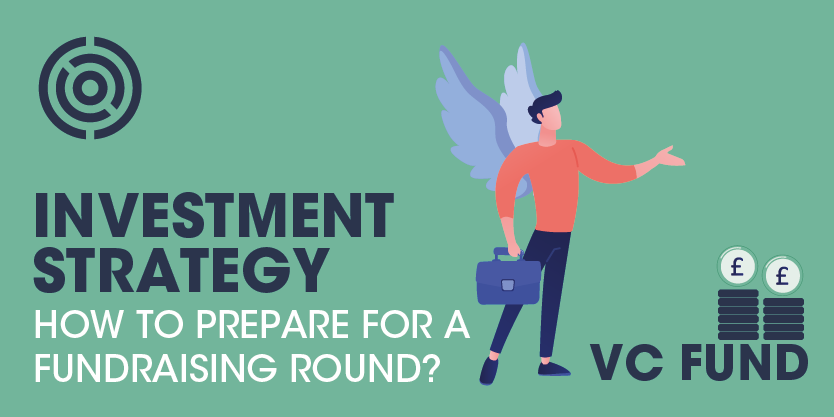Investment strategy: How to Prepare for a Fundraising Round?
At Dragon Argent, more and more of our clients are coming to us asking for help with their investment strategy. We work with entrepreneurs who are aiming to solve big problems. When they get it right, they need to scale fast and this often requires equity investment.
However, in the rush to seize the opportunity and with the variety of responsibilities a founder typically has, sometimes the fundamentals aren’t in place. This can make it almost impossible to get a raise off the ground. In this week's startup business funding advisory newsletter, we’re mapping out what needs to be in place before approaching investors. We cover this in two stages, how to prepare and the documentation you'll need in place.
Step One: Preparation
Fundraising processes are time intensive and can take focus away from core business activities for a period. It’s therefore best to prepare as much as you can upfront for a raise. Consider:
Corporate Documentation: Ensure your accounts, legal fillings, employment contracts and other key documents are updated and appropriately filed so they can be easily found and referenced. Investors are going to do due diligence and not having your house in order will slow things down.
Website & Marketing Materials: One of the first things an interested investor is going to do is look at your website, LinkedIn, Twitter or other marketing materials in the public domain. Make sure these are up to date and reflect your investor pack so there aren’t discrepancies that need to be explained.
Market News and Reports: Investors will expect you to be current with news in your market. Make sure you are up to date so you can discuss recent market developments. This will also help you identify potential funders who’ve been active in your sector.
Plan Diaries: Plan to have critical members of your team available as much as possible through the fundraising process. Sometimes absences can’t be avoided, but if you know about them in advance they can be managed.
Step Two: Documentation
There are some critical documents that you need to have in place before even considering reaching out to investors. They are going to be the very first thing that an investor asks for if you pique their interest and without them, you may fall at the first hurdle.
Presentation Deck: Your presentation deck is your core document as a critical aspect of fundraising is presenting your business to investors. We’ve previously written about the “Art of the Pitch Deck” here. In terms of how your pitch deck is used, we have the following guidance:
You will make the same presentation to multiple investors and multiple times to the same investment house
Investor meetings are usually kept to an hour, so aim to speak for 40 minutes to leave time for questions
Decks should be between 15-20 slides. If you need more, move some to an appendix that can be referenced if needed
If in doubt, make 2 points on each of your team, your market, your product and your financials
Financial Model: When building your financial model, bear in mind you are never going to create something perfect. There are too many variables. Your obligation is to do your best by taking what you know and honestly forecasting how you think things will turnout. Key tips include:
Make sensible, commercial assumptions
Understand your business’s key commercial drivers
Tie the model in with the narrative of your deck
Include your P&L, balance sheet, cashflow statement and some commentary
For more information on raising investment, accounting & legal best practice and commercial strategy, or If you would like to discuss your investment strategy and learn how Dragon Argent could support you, book a free consultation with us today.
#startupadvisoryservices #startupconsultingfirms #businessstartupadvisory #startupbusinessfundingadvisory #managementconsultancyservices #startupbusinessconsultingservices #startupadvicelondon
Categories
- (S)EIS Tax Relief
- Accountancy Best Practice
- Art and Luxury Assets
- Business Immigration
- Commercial Law
- Commercial Litigation
- Corporate Law
- Corporate Strategy
- EMI Share Option Scheme
- ESG Compliance
- Employment Law
- Fundraising Strategy
- Human Resources
- Intellectual Property
- Merger and Acquisition
- NFTs and Digital Trading
- R&D Tax Credits
- Startups & SME Advice
- Tax Advice
- UK Subsidiary



From 14 May 2025, UK Art Market Participants (AMPs) & High-Value Dealers (HVDs) must comply with stricter financial sanctions rules. Learn about the new £10,000 transaction threshold, expanded due diligence requirements, and penalties for non-compliance. Stay compliant with expert insights from Dragon Argent.